Looking for safe and effective ways to protect your plants from grasshoppers?
Grasshoppers are herbivores that feed on the leaves, foliage, fruit, and stems of plants as well as grasses. They prefer a terrain that is warm, dry, and full of low-lying plants and grasses – making your garden space the perfect target.
They typically cause devastating crop casualties in central America, but their damage can be found almost anywhere. In fact, grasshoppers live on every continent of the World aside from Antarctica.
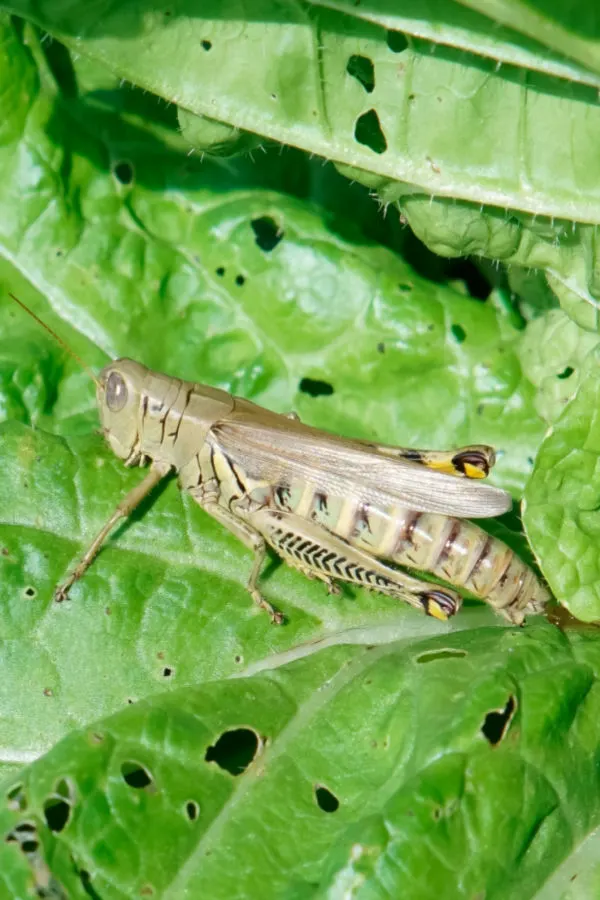
Just a few grasshoppers here and there are no real cause for concern. In fact, they actually serve as prey for birds, spiders, snakes, frogs, and even wasps. They also leave behind nutrient-rich excrement that help to fertilize your garden soil.
However, when they come in droves, grasshoppers can cause substantial damage to plants and vegetables. And in no time at all! That is exactly why finding a few safe ways of protecting your plants is a must during the gardening season.
How To Detect Plant Damage
Similar to most pests, grasshoppers have their favorite plant choices. Those favorites typically include farm crops like corn, soybeans, wheat, cotton, rice, clover and alfalfa.
Unfortunately, they also like to dine on many home garden crops such as lettuce, green beans, carrots, sweet corn, onions, and fruits. Adult grasshoppers can consume large amounts of food each day. When you multiply that by hundreds, they can decimate a garden in no time at all.
Grasshoppers will leave behind small chewed holes in almost all parts of the plant. From the stem to the foliage, and yes, even the fruit. The tell-tale sign of grasshopper damage are the appearance of ragged edge holes as they tear into the foliage.
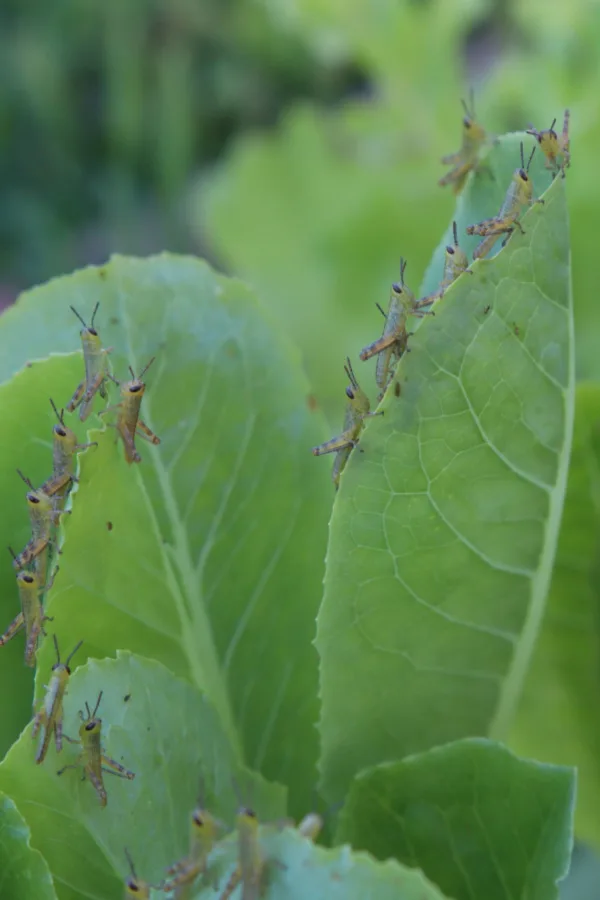
How To Protect Plants From Grasshopper Damage
While these suggestions work well, you might have better luck using a combination of a few of them at the same time. It’s just a matter of trial and error to find what will work with your specific gardening situation and location.
But one thing is for sure, with a little time and patience, you can definitely win the battle against these hungry insects.
Hot Pepper & Garlic Spray – Protect Plants From Grasshoppers
One of the best ways of discouraging grasshoppers is to make your plants inedible. And homemade hot pepper and garlic spray is perfect for doing this.
Not only do grasshoppers dislike the smell of garlic, but they also hate the taste of the hot peppers as well. It’s the perfect combination!
To make the concentrated spray, simply mince four cloves of garlic and about three to four medium-sized hot peppers. Then, add those to a saucepan with about six cups of water. Over medium heat, simmer the mixture for 20 minutes or so. Remove from heat and allow to steep and cool overnight.
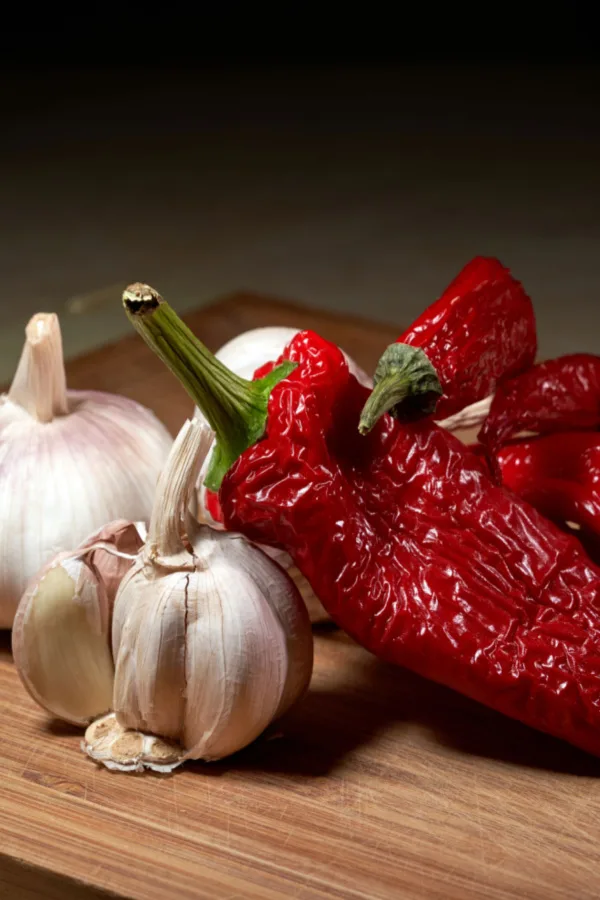
The following morning, strain out any solids. To use the concentrate, simply mix one cup of the hot pepper and garlic liquid with one gallon of water.
Use a pump sprayer to apply on the foliage of plants, being sure to get the bottom of the leaves as well as the tops. You will need to reapply this spray after a rain or watering. Note: Be sure to use gloves and even eye protection whenever working with hot peppers and this spray!
Dusting Plants With Flour – Protect Plants From Grasshoppers
Flour isn’t just for your kitchen! In fact, applying a dusting of all-purpose flour is perfect for deterring grasshoppers and other pests. When a grasshopper consumes the foliage, the added flour will cause issues with their digestive tracts, acting like an all-natural insecticide.
To use, simply dust the flour on the foliage of the plants. Apply lightly as the coating doesn’t have to be thick to be effective. As with the hot pepper spray, it will need to be repeated after it rains or after you water.
Note: Do not use any flour mixtures that might contain added sugar or salt. Any basic, inexpensive, all-purpose flour will get the job done.
Grow Plants Grasshoppers Dislike – Protect Plants From Grasshoppers
A great way to help prevent grasshoppers from staking their claim on your garden is to include plants in your space that grasshoppers dislike and typically avoid consuming.
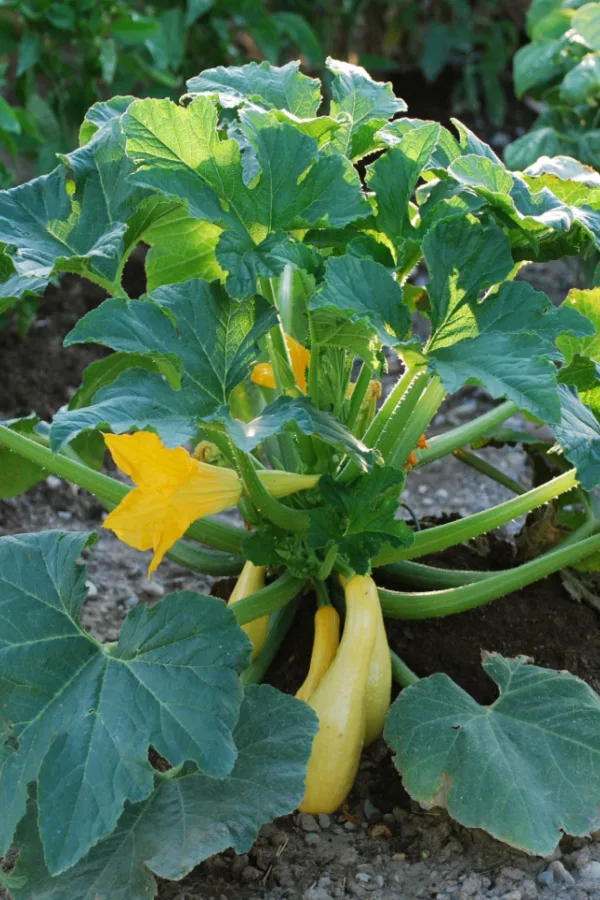
Vegetable crops like tomatoes, peas, and squash are often overlooked by grasshoppers. Plant them amongst your other vegetable crops that grasshoppers are apt to enjoy.
You can also include a variety of different flowers and plants such as lilacs, verbena, salvia, sage, dianthus, forsythia, lantana, and juniper. Not only will many of these plants help deter grasshoppers, but some will also help attract pollinators to your garden space!
Use Row Covers – Protect Plants From Grasshoppers
Floating row covers are lightweight fabric that allows sunlight and water to get to your plants – but keeps pests and insects off. The fabric is held up using plastic hoops or stakes. As long as the fabric stays up and off of your plants, the grasshoppers can’t eat them.
Just keep in mind that in addition to grasshoppers, pollinators won’t be able to get to your blooming plants, either. Because of this, row covers should be removed as soon as the blooms appear and a different method of prevention needs to be used instead.
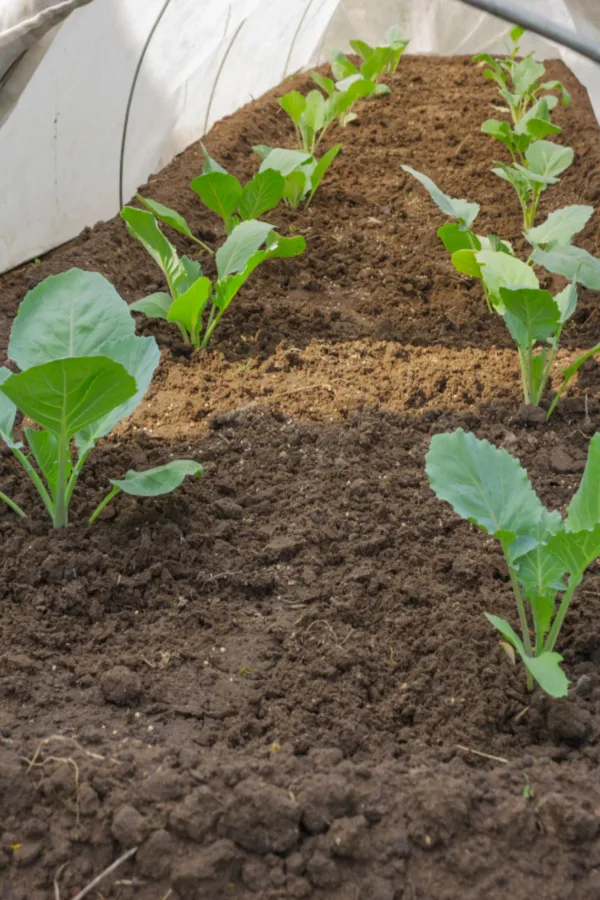
In addition, if you currently have an active grasshopper infestation, the covers will only trap the grasshoppers and prevent them from going away from your plants. That will cause way more issues than you intend!
Natural Predators – Protect Plants From Grasshoppers
As mentioned earlier, grasshoppers are actually the prey of many different animals. If you want to help control their population, you can try attracting their predators to help.
Several different types of birds are predators of grasshoppers, including swallows, orioles, hawks, blue jays, cardinals, bluebirds, wrens, and bats. Consider installing a bird feeder or nesting places near your garden plants to help attract these hungry birds. Some of these birds will also eat mosquitoes as well, so that’s an added bonus!
Add small ponds, water dishes, or water features that will help attract frogs, toads, and praying mantises to your garden. Include rocks that can be warmed in the hot summer sun to help attract lizards. All of these will help to draw in the grasshoppers’ natural predators.
Chickens and Guineas – Protect Plants From Grasshoppers
While they might not be “wild” natural predators, chickens and guineas love to eat grasshoppers. In addition to eating the adults, chickens and guineas will also eat the grasshopper larva as well.
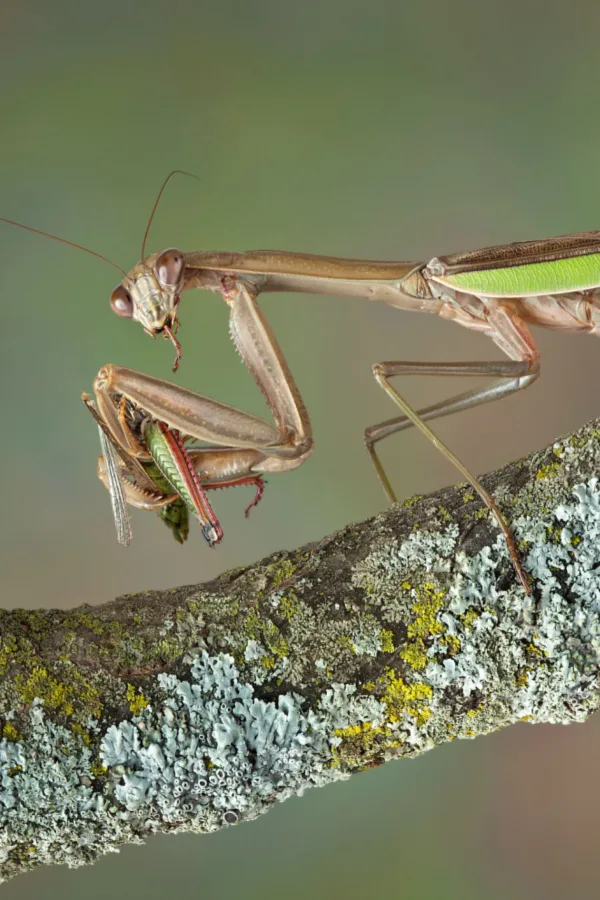
The consumption of the larva will help to eliminate the following year’s infestations since grasshoppers lay their eggs in the soil. In short order, chickens and guineas can take out a grasshopper population and keep it under control for good.
You might have to create a few “no-go” zones for the chickens so they don’t consume your vegetables as well as the insects. But overall, chickens and guineas are an excellent addition for any home gardener.
Even a few hours here and there of free-ranging will do wonders for all sorts of insect population issues. In addition, their droppings are a perfect addition to home compost piles. And their eggs are a nice bonus, too!
Here is to keeping your landscape free of grasshoppers – and your plants safe!
Follow Our Facebook Page For Even More Great Tips! Simple Garden Life Facebook Page
Simple Garden Life is a website dedicated to keeping gardening fun, simple and enjoyable! We publish two new articles each week along with a new garden podcast episode every two weeks. This article may contain affiliate links.
